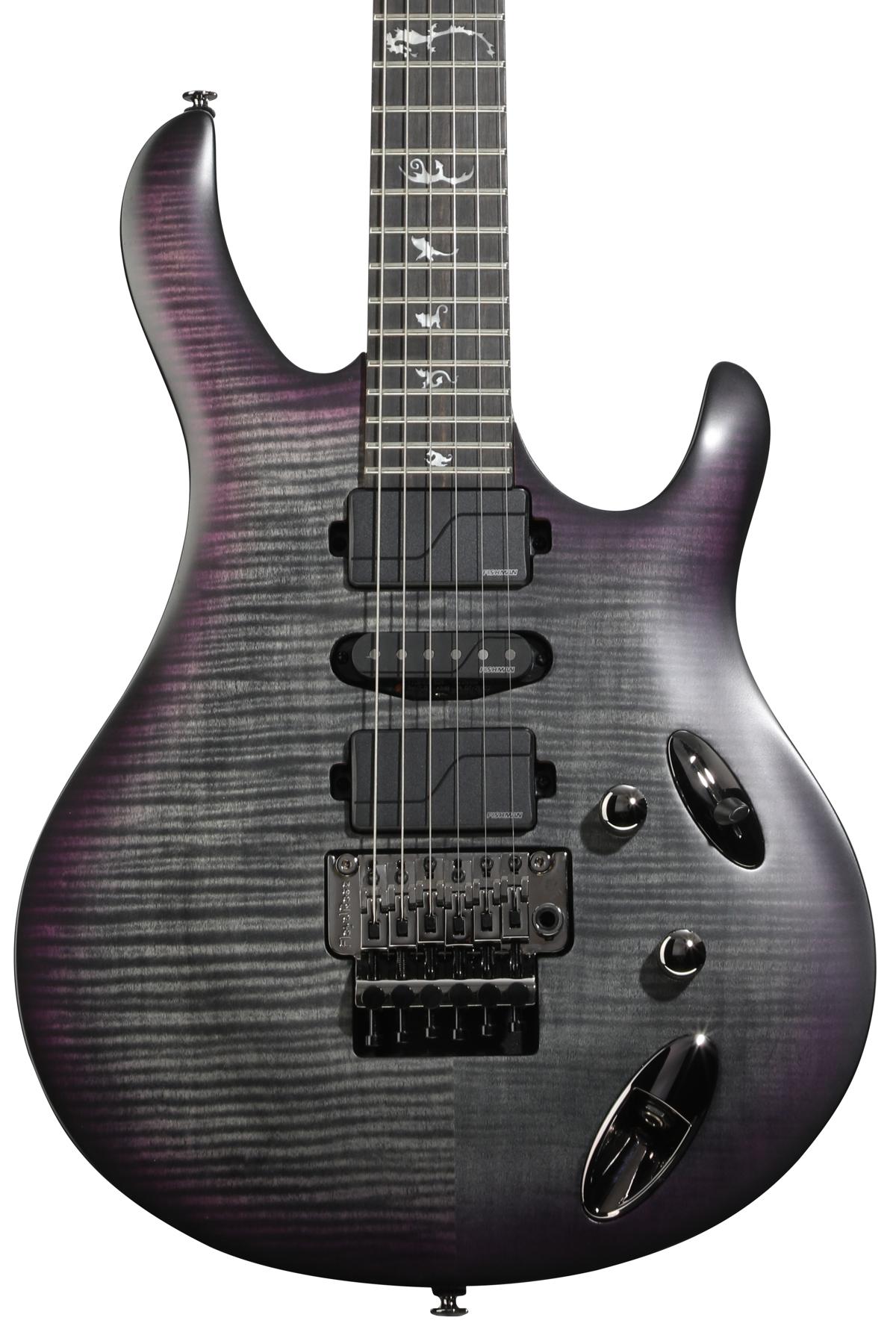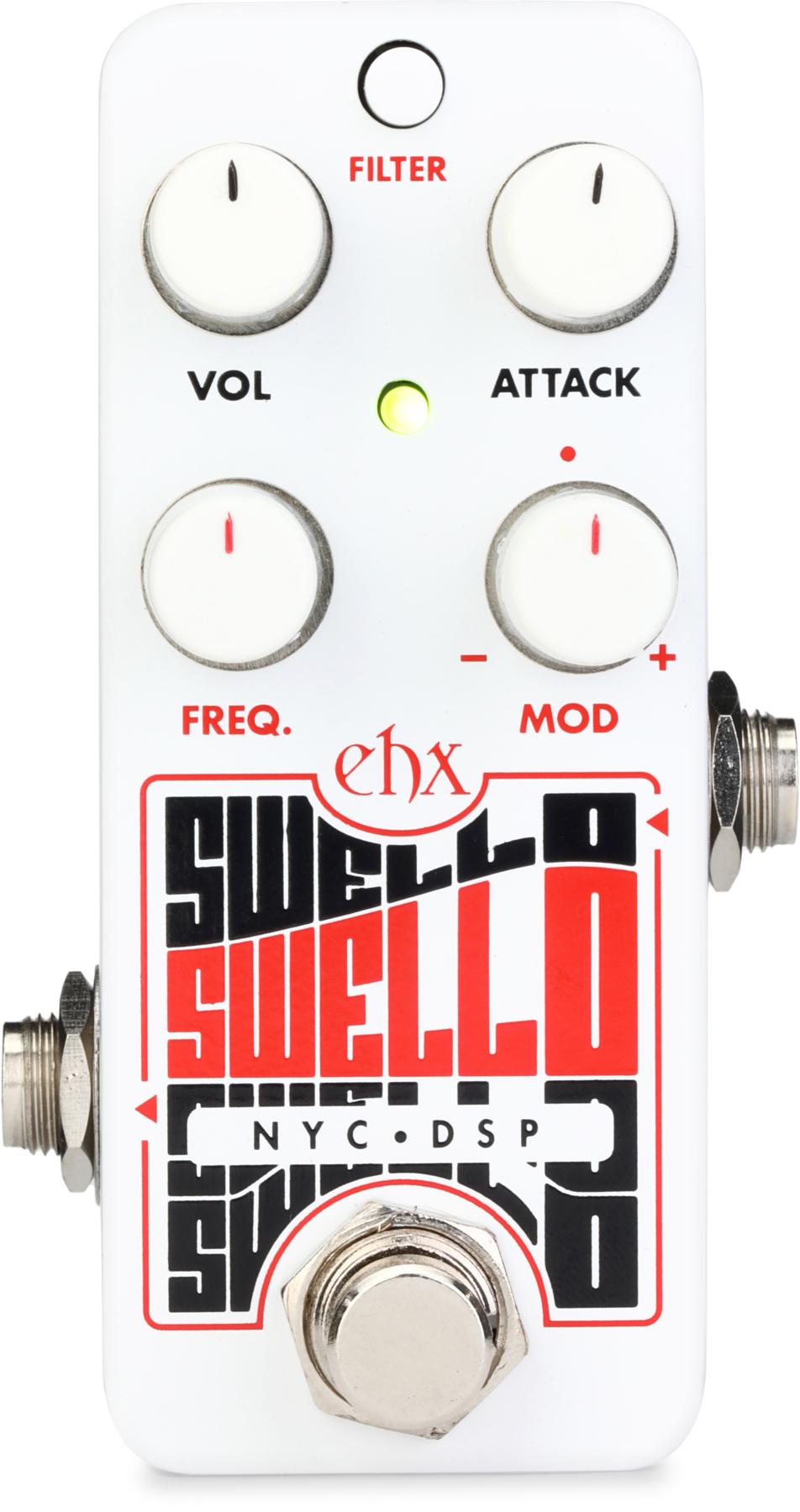Jimi Hendrix
People, Hell and Angels
Experience Hendrix/Legacy

But here’s the good news, at least for guitarists: While People, Hell and Angels isn’t a great album—meaning it lacks the coherent sound, vision, and vibe of, say, Axis: Bold as Love—it’s packed with magnificent guitar. Jimi is on fire and his Strat sounds crisp and present. His band varies, but mostly Mitch Mitchell or Buddy Miles are on drums with Billy Cox handling the bass.
Overall, Jimi’s guitar tones are remarkably clean. We hear him playing through cranked low-gain Marshalls, and the mix reveals the details of his masterful technique: We hear the creak and groan of trem springs when he does a trademark dive, we hear his fingers slap the fretboard as he trills and hammers notes, we hear the click of a footswitch as he engages his fuzz or wah. His playing is raw and intense, yet soulful and supple. Kudos to Eddie Kramer, who mixed all 12 songs, for keeping it real.
As someone who has gone forward and backward through much of Jimi’s recorded work—including a number of excellent concert albums, such as Live at Berkeley and Live at Winterland—I was amazed to hear Hendrix explore new tones and phrasing in People, Hell and Angels. All the moves we know and love are here in spades, but if you listen carefully, you’ll also get a fresh perspective on his fretwork.
Take “Somewhere,” for example, recorded in 1968 with Miles on drums and Stephen Stills playing bass. After spewing edgy wah licks across several verses, Hendrix takes an abrupt turn to deliver a clean, melodic solo that’s dramatically different from anything I’ve heard him play.
Another of the many highlights is “Bleeding Heart,” which Hendrix tracked in 1969 during his first-ever session with Miles and Cox. In addition to documenting the mind-meld that gave us Band of Gypsys, it reminds us how Hendrix drew on the late-’50s West Side sound of Chicago masters Buddy Guy, Magic Sam, and Otis Rush for his own tripped-out blues.
According to the liner notes, all the tracks on People, Hell and Angels are previously unreleased—they’re either new songs or different takes of what we’ve heard before. (We’ll let the Hendrix scholars and completists sort out the veracity of this claim.) A few cuts succeed more as curiosities than stellar music—notably “Let Me Move You,” featuring Lonnie Youngblood, Jimi’s old bandleader, on lead vocals and sax—but People, Hell and Angels offers Hendrix freaks many hours of inspired listening. If you’re passionate about Jimi’s guitar work, this will be a welcome addition to your library. —Andy Ellis
Must-hear track: “Somewhere”











![Rig Rundown: Russian Circles’ Mike Sullivan [2025]](https://www.premierguitar.com/media-library/youtube.jpg?id=62303631&width=1245&height=700&quality=70&coordinates=0%2C0%2C0%2C0)









